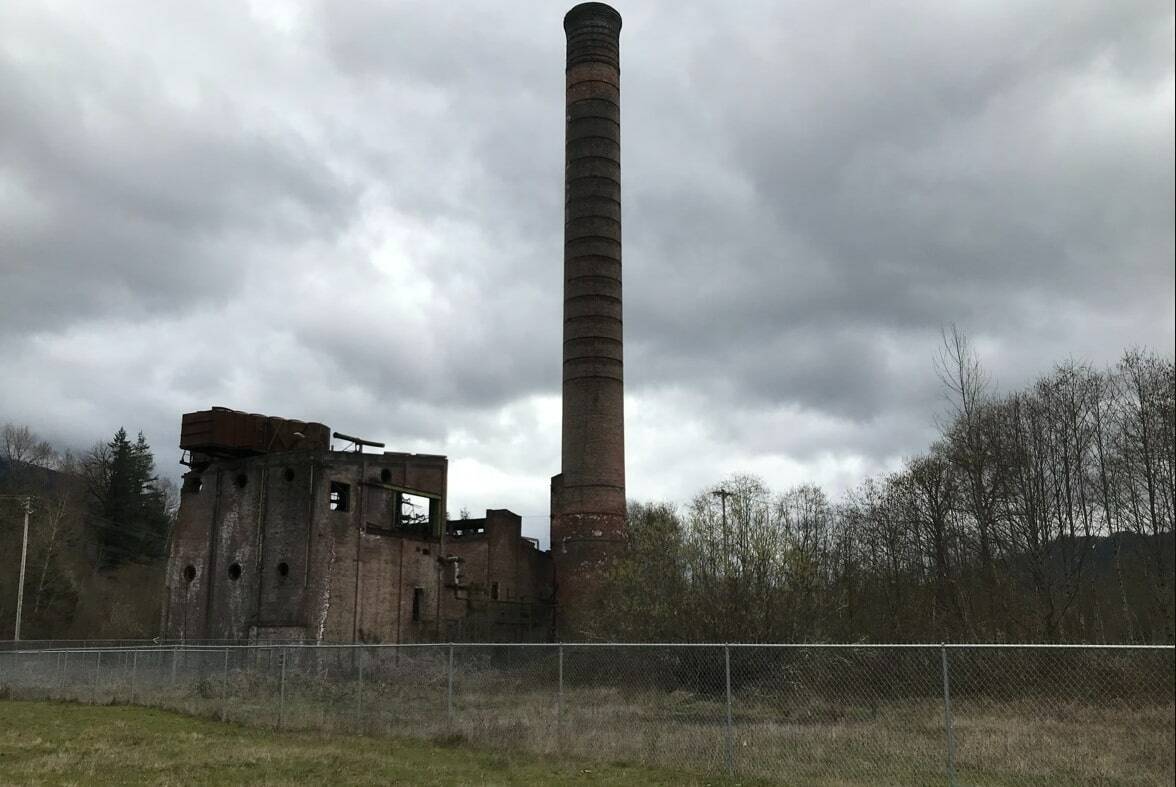The contested Snoqualmie Mill Site development can now go to the city council for final approval, after a hearing examiner ruled in favor of the developers and city, stunting an administrative challenge against the project.
In her 79-page decision released on June 28, Hearing Examiner Sharon Rice affirmed the adequacy of the project’s Environmental Impact Statement (EIS) against the State Environmental Policy Act. She also ruled the site’s 15-year-long master plan was in compliance with state land use laws.
The ruling comes after The Snoqualmie Community Action Network (SCAN), a small nonprofit of Valley residents, filed an appeal of the city’s Final EIS after it was released last December. That appeal sought to halt the project on grounds that the EIS failed to thoroughly consider traffic impacts or how to protect the Snoqualmie River and other water sources from contamination.
SCAN’s appeal of the EIS and compliance of the master plan were the subject of two separate public hearings held in April. Those decisions were combined into one ruling document. Review of the master plan is required by state law, while SCAN’s appeal triggered the other public hearing.
With the ruling issued, the proposed master plan can head to the city council for final approval. If approved, Snoqualmie Mill Ventures LLC , the project’s developer, can begin applying for building and construction permits.It is unknown exactly when the council will review the plan, but a vote is expected sometime this summer, according to the city.
A city spokesperson said they cannot provide a timeline on permitting and construction at this time.
Steve Rimmer, owner of Mill Ventures, said through a spokesperson that they are pleased with the hearing examiner’s decision and would work to address environmental concerns at the sight.
“We are committed to being thorough and ultimately delivering a project that revitalizes a brownfield site and creates jobs and economic benefit for the Snoqualmie Valley community,” he wrote in a statement.
Snoqualmie Mayor Katherine Ross echoed Rimmer’s comments.
“This project will revitalize this long vacant property, enhancing the environment, creating jobs and positively benefiting our local economy,” she said in a press release.
Lacy Linney, a member of SCAN, said the group will review the ruling and consult with their lawyers to figure out next steps. In the meantime, she said they will continue to focus on grassroots efforts and raising awareness.
“We’re obviously pretty disappointed, but I don’t think we’re shocked being a small community group going up against the city,” she said. “We’ll continue to concentrate on protecting the city’s water supply and The Snoqualmie River.”
The Mill Site property has been part of the city’s comprehensive plan since the 1990s. The project itself has been about a decade in the making, with the ruling marking a huge milestone.
The city annexed the 261-acre Mill Site property north of downtown in 2012, alongside a pre-annexation agreement with Snoqualmie Mill Ventures.
Mill Ventures submitted the now affirmed Commercial and Industrial Master Plan for the project in 2017. That plan proposes building 1.83 million gross square feet of restaurant, apartment, office and warehouse spaces in three phases over a 10 t0 15 year stretch.
The proposed development site has made headlines for being heavily polluted. A site assessment performed by the Department of Ecology last August found it posed a “high risk to human and environmental health,” and ranked among the most polluted sites in the state.
That pollution, which includes PCB, petroleum, arsenic and other chemicals, was first discovered around 1990 Additional areas of contamination were found between 1991 and 2005.
The Master Plan submitted by Mill Ventures covers the entire build-out of the project, but only provides detailed analysis of the first phase – which notably has no known pollution. The second and third phases are currently “conceptual,” according to a city staff report.
The first phase of the project covers a 102-acre portion in the northwest section of the site. It would bring 604,000 square feet of properties, including 160 residential units.
Last August, Tom Sroufe, the project’s developer, told the Valley Record he hopes construction could start as soon as next year.


